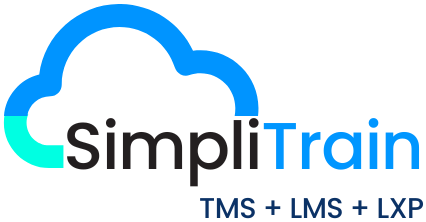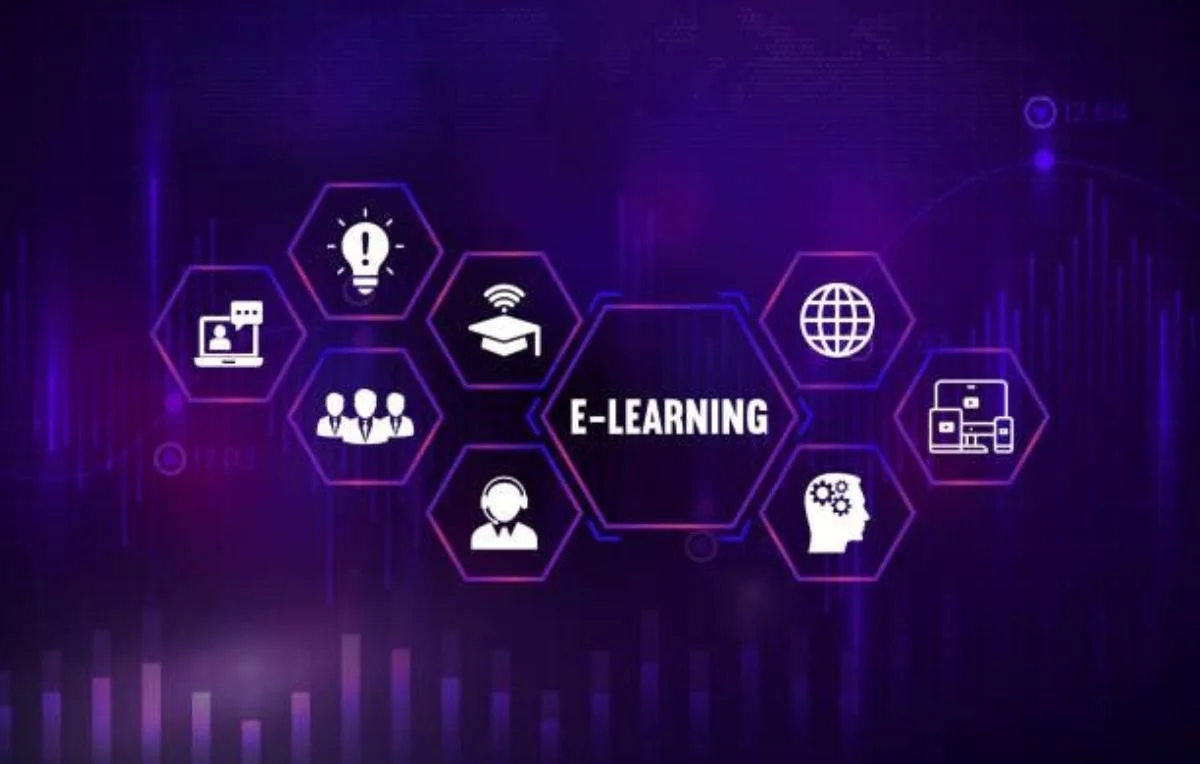How Customer Education Boosts Business Growth: Benefits and Metrics to Track
In a world where customer expectations are higher than ever, businesses can no longer afford to simply sell a product – they need to empower their customers to succeed with it. That’s where customer education comes in. Far beyond a support function, customer education has become a powerful growth engine for organizations that want to deepen loyalty, boost product adoption, and drive long-term value.
Companies that invest in customer education experience higher retention rates, increased product adoption, and stronger brand loyalty. In this article, we’ll explore how customer education boosts business growth, the key benefits of customer education, and the metrics you should track to measure its impact effectively.
What Is Customer Education?
Customer education refers to structured programs and content designed to help customers use products or services more effectively. This includes tutorials, webinars, onboarding sessions, help centers, and certification programs. A strong customer education strategy not only empowers users but also positions your brand as a trusted advisor.
How Customer Education Drives Business Growth
A well-executed customer education strategy directly impacts business growth by creating more knowledgeable, satisfied, and loyal customers. Here’s how:
- Improves Product Adoption and Usage
When customers understand how to use your product to its fullest potential, they are more likely to see its value. Higher product adoption rates lead to increased usage, deeper engagement, and stronger customer satisfaction – all contributing to higher lifetime value. - Reduces Churn and Boosts Retention
Educated customers are less likely to abandon your product out of frustration or confusion. With better onboarding and ongoing education, companies can dramatically reduce customer churn and increase retention rates, ensuring steady revenue growth. - Increases Customer Lifetime Value (CLTV)
By guiding customers through advanced features and use cases, education nurtures upsell and cross-sell opportunities. A well-informed customer is more likely to invest in premium offerings, boosting customer lifetime value. - Enhances Customer Satisfaction and Loyalty
Satisfied customers become loyal brand advocates. Customer education programs strengthen the relationship between brand and user, leading to higher Net Promoter Scores (NPS) and more word-of-mouth referrals. - Lowers Support Costs
Educated customers need less direct support. By empowering users with self-service resources like knowledge bases and video tutorials, companies can reduce support ticket volumes and optimize customer support team efficiency.
Key Benefits of Customer Education
- Accelerates Onboarding: Shortens the learning curve for new customers.
- Drives Feature Adoption: Ensures customers take advantage of all product features.
- Strengthens Brand Trust: Positions your company as a reliable partner in your customer’s success.
- Builds Competitive Advantage: Well-educated customers are less likely to switch to competitors.
- Fuels Community Building: Engaged customers often form communities, strengthening your brand ecosystem.
Essential Metrics to Track Customer Education Success
Measuring the impact of your customer education initiatives ensures you’re aligning efforts with business goals. Here are the top customer education KPIs to monitor:
- Course Completion Rates
High completion rates indicate that customers find your education programs engaging and valuable. - Product Adoption Metrics
Track how many customers are using key features after attending training sessions or using educational resources. - Customer Retention Rates
A rise in retention rates post-education initiatives signals a direct positive impact. - Net Promoter Score (NPS)
A higher NPS among educated customers reflects improved satisfaction and loyalty. - Support Ticket Volume
A decline in support tickets after launching education programs shows that customers are becoming more self-sufficient. - Revenue Growth from Upsells
Monitor increases in upsells and renewals among customers who participate in education programs. - Customer Feedback and Satisfaction Scores
Collect feedback through surveys to continuously improve your educational content and strategies.
Customer Education as a Growth Catalyst
Investing in customer education isn’t optional anymore – it’s a strategic growth lever. By delivering valuable, accessible learning experiences, companies can boost product adoption, increase customer satisfaction, and drive revenue growth. Tracking the right metrics ensures your programs are delivering tangible business results.
Building a strong customer education strategy today will help your business not only survive but thrive in the competitive market landscape.











